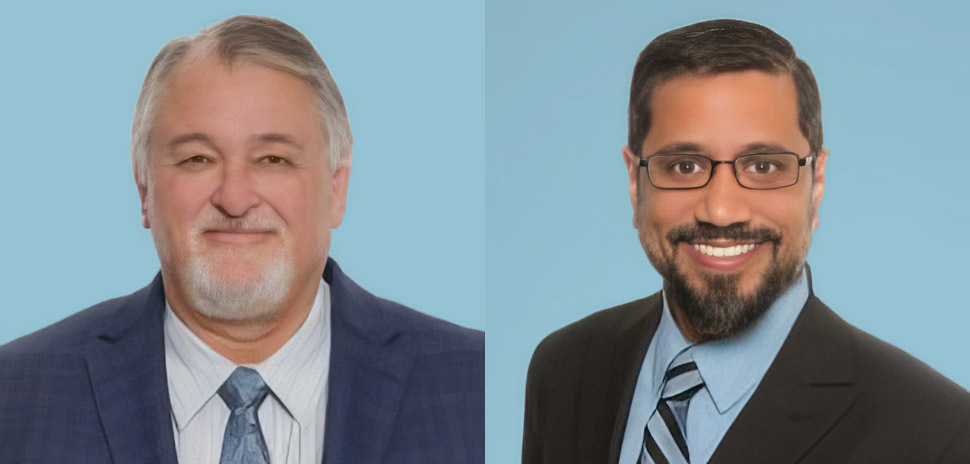Something colossal may soon happen on the Arctic tundra, and a Dallas-headquartered startup is behind it. Colossal Biosciences—co-founded by Dallas’ Ben Lamm and renowned Harvard Medical School geneticist Dr. George Church—is pioneering animal de-extinction technology. Its first task? Bringing back the woolly mammoth.
Colossal plans to use CRISPR genetic engineering to create an elephant-mammoth hybrid that can survive in the Siberian Arctic tundra.
The tundra—once a thriving grassland—is now a rapidly warming, moss-covered expanse threatened by climate change. Dr. Church believes that herds of woolly mammoth hybrids could one day turn the tundra back to grassland by breaking it up and fertilizing it with their feces, as they may once have done thousands of years ago. That could lead to carbon sequestration and other positive conservation impacts.
“Our goal is full rewilding of the woolly mammoth into the Arctic,” the startup’s co-founder and CEO Ben Lamm told Dallas Innovates.
$15 million in private funding
The project won’t be easy, but that hasn’t stopped investors. Colossal is launching with an oversubscribed $15 million seed round led by Thomas Tull, with participation from Breyer Capital, Draper Associates, Animal Capital, At One Ventures, Jazz Ventures, Jeff Wilke, Bold Capital, Global Space Ventures, Climate Capital, Liquid2 Ventures, Capital Factory, Tony Robbins, and First Light Capital.
Even the Winklevoss twins of Facebook and “The Social Network” fame have invested in Colossal.
A woolly comeback after thousands of years
The prehistoric woolly mammoth coexisted with early humans, who hunted it for food and used its tusks and bones to make tools, art, and shelter. It disappeared from most of the earth at the end of the Pleistocene epoch 10,000 years ago, with small populations surviving on isolated islands until 4,000 years ago.
The mammoth’s closest living relative is the African elephant, which will play a key part in the CRISPR de-extinction process.
“Never before has humanity been able to harness the power of this technology to rebuild ecosystems, heal our Earth and preserve its future through the repopulation of extinct animals,” Lamm said in a statement. “In addition to bringing back ancient extinct species like the woolly mammoth, we’ll be able to leverage our technologies to help preserve critically endangered species that are on the verge of extinction and restore animals where humankind had a hand in their demise.”
Assuaging “Jurassic Park”-type concerns
According to today’s New York Times, while some researchers applaud the project, others are skeptical that Colossal will achieve its goal.
But the founders—and their investors—are undeterred.
“Colossal has put together both a scientific and executive advisory board filled with renowned bioethicists, conservationists, and scientists,” Lamm said. “With their help, we’ve been able to approach the de-extinction of the woolly mammoth with the goals of conservation and preservation of species at the forefront.”
Lamm wants to assuage concerns about “Jurassic Park”-type unintended consequences.
“We are not bringing back a species that would be invasive to its intended habitat,” he told us. “Instead, Colossal is bringing back the woolly mammoth as a means to enrich an ecosystem that has been, and continues to be, steadily degrading without its presence.”
The company’s scientific advisory board includes Claire Aldridge, Ph.D.; Carolyn Bertozzi, Ph.D.; Alta Charo, J.D.; Joseph M. DeSimone, Ph.D.; Elazar Edelman, M.D. & Ph.D.; Helen Hobbs, M.D.; Michael Hofreiter, Ph.D.; Matthew Liao, Ph.D.; Vagheesh Narasimhan, Ph.D.; and Luhan Yang, Ph.D.
1 million species now face extinction
A 2019 United Nations report warned that more than 1 million animal, plant, and fungi species are now threatened with extinction, many within decades, Colossal notes.
As species go extinct, the ecosystems that depend on them can begin to collapse, impacting both human health and livelihoods.
“The goal of Colossal’s rewilding efforts is to return extinct species to their original habitats so they can revitalize lost ecosystems for a healthier planet,” the company says.
An idea brewing since 2013
Dr. Church first spoke publicly about the idea at a 2013 “TEDxDeExtinction” talk at the National Geographic Society. He was already widely known for his breakthrough research in reading and editing DNA.
Church—the Robert Winthrop Professor of Genetics at Harvard Medical School and a core faculty member at the Wyss Institute for Biologically Inspired Engineering at Harvard University—has pioneered several genomics breakthroughs in his career, including CRISPR. He’s also a serial biotech entrepreneur.
According to the New York Times, Dr. Church received $100,000 from PayPal co-founder Peter Thiel in the wake of his 2013 talk, but little funding beyond that.
Then in 2019, Ben Lamm, founder of AI startup Hypergiant and several other companies, read an article about Dr. Church’s vision and was immediately intrigued.
“I reached out to his lab and scheduled some time with him to better understand his vision,” Lamm told us. “A couple of months later, I was visiting him in his lab and then after that we were planning the business.”
How to maketh a mammoth?
It’s not going to be easy. The New York Times reports that Colossal’s scientists will try to create an elephant embryo with its genome modified to make it resemble a wooly mammoth—right down to the flowing hair, fatty body, and high-domed skull.
Instead of implanting the embryo in a female elephant (too many surrogates would be needed), Dr. Church plans to create an artificial mammoth uterus lined with tissue grown from stem cells.
The technique has been used in the past to support a fetal lamb. But a mammoth-elephant hybrid is no lamb. The New York Times says the artificial uterus has to be big enough to hold a fetus weighing up to 200 pounds for two years.
And if the project works and hybrid woolly mammoths are re-wilded, some have raised concerns about whether the long-extinct creatures may suffer without having a mother to raise them. Concerns like these are why Lamm and Dr. Church have enlisted bioethicists to advise them.
Still, if Colossal pulls this off, the breakthroughs stemming from the project could lead to many potential benefits.
“Technologies discovered in pursuit of this grand vision—a living, walking proxy of a woolly mammoth—could create very significant opportunities in conservation and beyond,” Dr. Church said in a statement, “not least of which include inspiring public interest in STEM, prompting timely discussions in bioethics, and raising awareness of the vital importance of biodiversity.”
The project’s advances could also potentially create technology leaps in multiplexed genetic engineering, synthetic biology, and other emerging areas.
Can species restoration help fight climate change?
“It has never been more serious that we take bold action on climate change, which is why Colossal is combining principles of gene editing, rewilding, and species restoration to build back stable environmental integration,” Colossal co-founder and CEO Ben Lamm told Dallas Innovates.
“Our hope is in addition to de-extinction, that we also have the opportunity to help protect species from going extinct by leveraging these technologies to create reference genomes, back-up tissues, and cell lines, and leverage technologies like artificial wombs in order to bring back both extinct and small species populations,” Lamm added.
Lamm cited research on the success of rewilding.
“Bringing animals back to their natural habitat not only restores animal populations, but can shield ecosystems from destruction and rebuild its climate-controlling properties,” he said. “Rewilding is an essential part of any long-term plan to mitigate the impacts of climate change.”
Collaborating with Siberia’s Pleistocene Park
Russian scientists have tried importing bison and other species to a Siberian preserve called Pleistocene Park in an attempt to convert it back to grassland. If Colossal’s woolly mammoth hybrids ultimately do roam, they may roam at that park—but not only there.
“Colossal is in collaboration with Pleistocene Park and other locations where we plan to release the first herds of woolly mammoths in an effort to re-wild the Arctic tundra,” Lamm said.
As to whether eco-tourists might one day visit and see the mammoths, Lamm leaves the possibility open.
“If there is a way to see these incredible creators in their natural habitat in the wild without causing any stress to the animals, we would consider it,” he told us.
Monetizing mammoths
One big question—especially for the startup’s investors—is where the money is in all this. For now, Lamm is taking the long view.
“From a monetization perspective, we look at the company similar to [NASA’s] Apollo program, where many technologies including fundamental communication and GPS were created due to that moonshot,” he said. “Similarly, we look to create IP that can be monetized along the journey, but that’s not our focus at this time.”
After the mammoth, what to bring back next?
If Colossal succeeds in bringing back the wooly mammoth, other de-extinctions could be next.
“Long-term, Colossal does aim to reintroduce extinct species to their original habitats with the goal of restoring degraded ecosystems,” Lamm said. “We’ll be working towards bringing back species who left an ecological void as they went extinct. Ecosystems depend on megafauna species, and when these species go extinct the ecosystem collapses.”
Lamm says Colossal is identifying other species that can be “given a new set of tools from their extinct relatives” to survive in new environments that desperately need them.
‘Thoughtful disruptive conservation’
In the past Lamm has disrupted technology through companies like Hypergiant, an enterprise AI company focused on space, defense, and critical infrastructure; spatial AI startup Worlds; conversational AI platform Conversable, which was acquired by Live Person, and other endeavors.
Now he’s disrupting conservation.
“CRISPR technology has already made significant advancements in the world of genomics, but now we’re seeing how much more of an impact it can have on our planet,” Lamm said.
“The ability to leverage CRISPR as well as additional genetic engineering and gestation technologies will allow for thoughtful disruptive conversation,” he added.
He only met Dr. Church two years ago, but Lamm has been waiting to take this step for a long time.
“I’ve been incredibly passionate about emerging technologies my entire career and am also passionate about combatting both climate change and the effects of climate change like loss of biodiversity,” he told us. “Colossal is an interesting opportunity to leverage emerging technologies and invent additional ones that are not only valuable, but have the ability to make an impact on species preservation.”
Next steps toward the mammoth’s footsteps
News of the Colossal project has made a big stir today, with reports buzzing across the media and commentary coming from all directions.
Through a sponsored research agreement, Colossal will support research in Dr. Church’s Harvard Medical School lab on the elephant-mammoth hybrid project.
In Dallas, Colossal is currently standing up labs to provide the hardware, wetware, genetic rescue, and species restoration departments for the project. The labs’ locations are not being announced “given the extremely proprietary nature of our work.”
The company’s software systems are based in Austin. The company is currently working on the automation of base editing technology. “Some pretty interesting progress in the works that we will share at the appropriate time,” Lamm says.
![]()
Get on the list.
Dallas Innovates, every day.
Sign up to keep your eye on what’s new and next in Dallas-Fort Worth, every day.

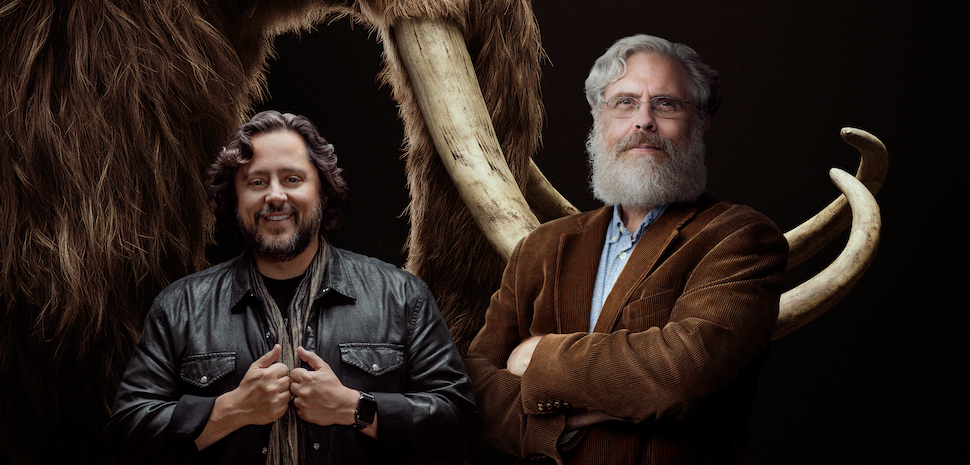

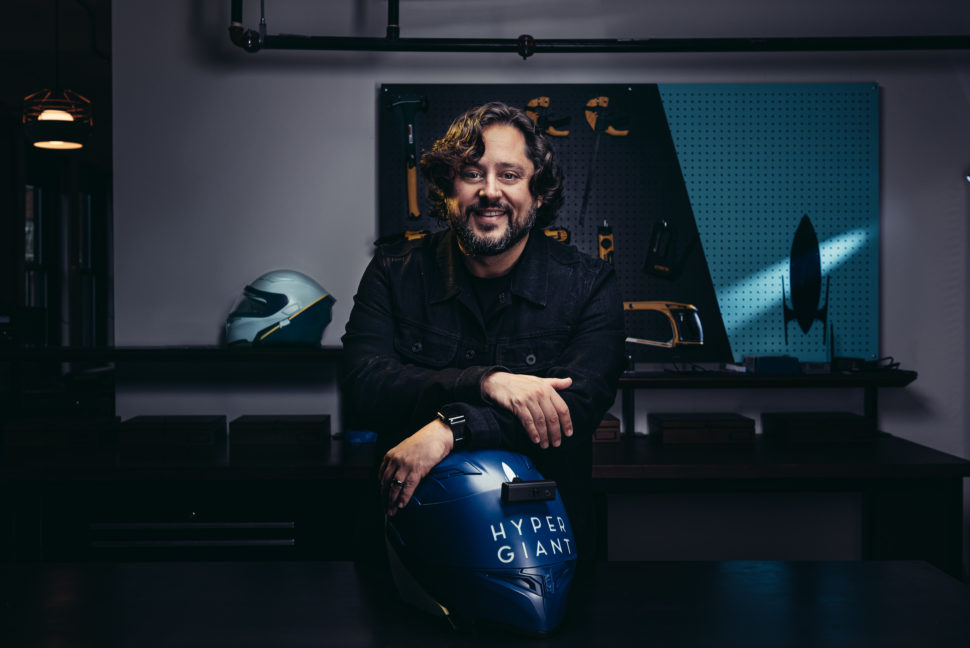

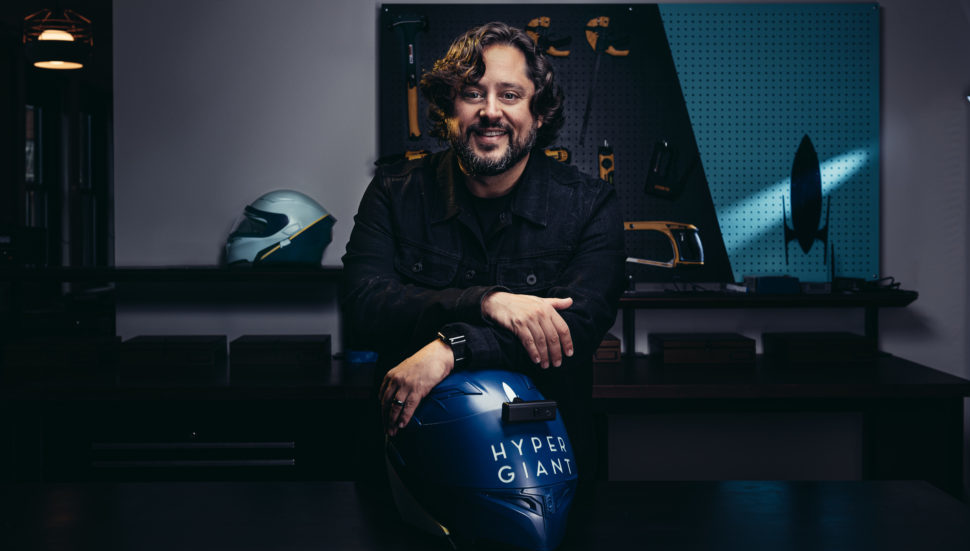

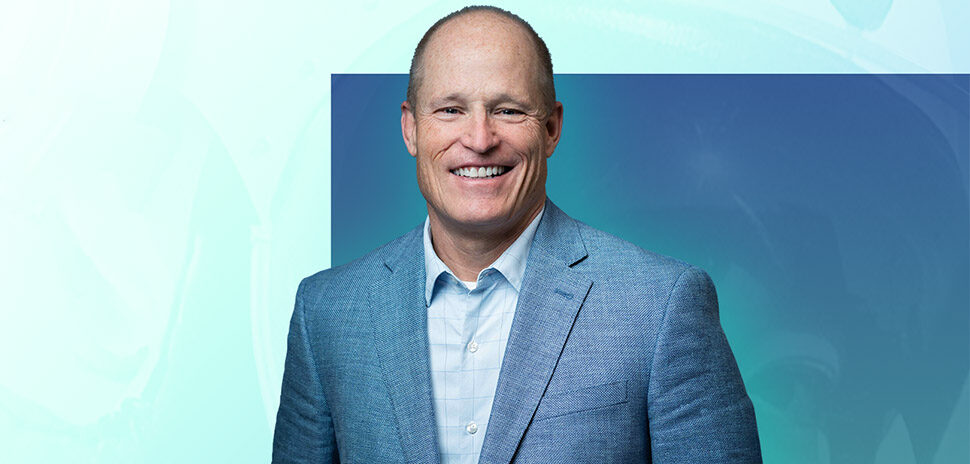
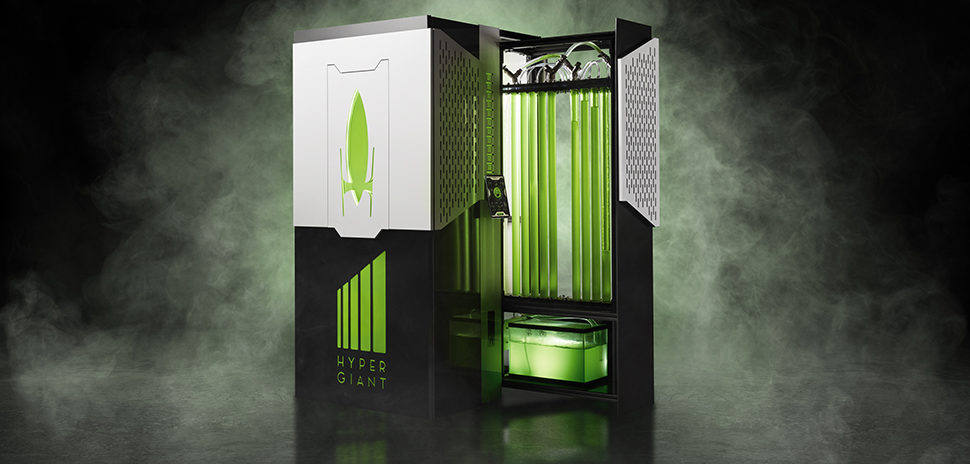








![Erica Kosemund, Chief Brand Officer, Choctaw Nation of Oklahoma; Gillian Breidenbach, Chief Partnership Officer, North Texas FWC Organizing Committee; Chief Gary Batton, Chief of Choctaw Nation of Oklahoma; Monica Paul, Executive Director of Dallas Sports Commission and President of North Texas FWC Organizing Committee; John Hobbs, Senior Executive Officer of Communications, Choctaw Nation of Oklahoma; and Heidi Grant, Senior Executive Officer of Commerce Administration, Choctaw Nation of Oklahoma, celebrate Choctaw Casinos & Resorts becoming an Official Dallas World Cup 2026 Host City Supporter. [Photo: North Texas FWC Organizing Committee/Choctaw Casinos & Resorts]](https://s24806.pcdn.co/wp-content/uploads/2025/12/FIFA-Choctaw-dec-2025.jpg)
